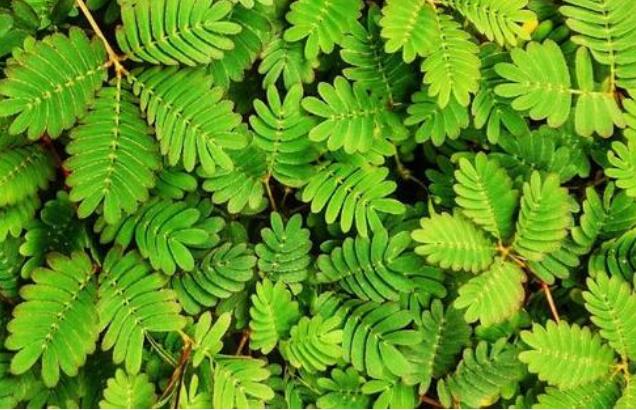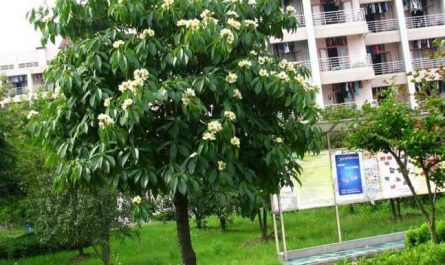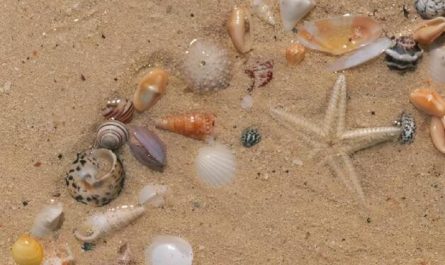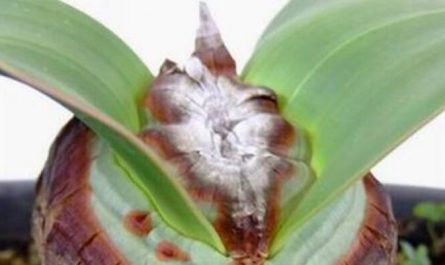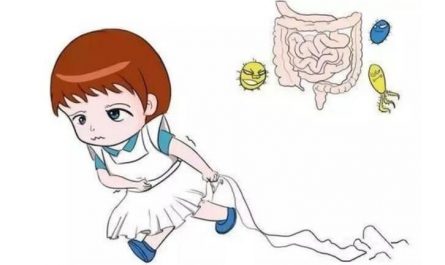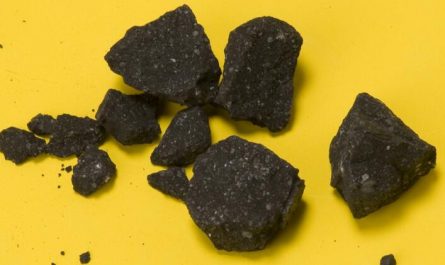Speaking of plants, they are also shy. Many people think of mimosa. Mimosa is a highly ornamental plant species. Mimosa has a long petiole. The top of each petiole has four feather shafts. On each shaft, there are two rows of oval small feather leaves. The whole feather shaft looks like bird feathers. Every summer, the mimosa will bloom pink flowers, just like a quiet little girl, very elegant. If someone touches its leaves lightly, the mimosa will shyly close the leaves tightly. What makes mimosa so shy that the leaves are closed and the petioles droop?
It turns out that mimosa was first grown in Brazil in the Americas. The local weather in Brazil is prone to strong winds and heavy rains. The leaves of mimosa are soft and usually have a large area. If the leaves are not closed, they are easily injured by the wind and rain. This is also an evolution of plants adapting to external environmental conditions.
During the evolution of plants, the base of the petiole of mimosa has an enlarged organ called “leaf occiput”, and there are many parenchyma cells in the leaf occiput. This kind of parenchyma cells are very sensitive to external stimuli. If they perceive a touch from the outside world, the cell fluid in the parenchyma cells will flow to the intercellular space, thereby reducing the pressure between the cells in the lower occipital part of the leaf, so it seems that leaves appear. Closed and drooping petioles. However, this sagging usually returns to its original state after a minute or two.
Someone has done experiments. If you gently touch the leaves of the mimosa with your hands, only the stimulated part of the mimosa will be closed; if the stimulation is greater, the whole plant will be closed; if you fiddle with the mimosa frequently, you will be shy. The grass will also appear indifferent-that is because it has continuously stimulated a certain amount of cell fluid and has not been replenished in time.
In fact, the various habits of plants are the protection mechanisms made to adapt to the surrounding environment. The leaves of mimosa will close and also respond to some herbivores. If animals see the leaves and petioles of mimosa, they will move, and they will generally be alert. Walk away. In this way, the mimosa has more survival probability.
